Shark Cast Podcast (on Spotify)
Podcasts entertain us in so many ways. Whether you are traveling, exercising or laying around you can listen and learn anytime, anywhere. The topics range from a conversation with celebrities to traveling around the world. Sharing this auditory magic with your students, they can listen while working or creating at their seats.
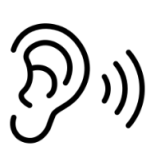 Opening up a new school last year, we needed a way to teach our community about our school. Traditional paths of emails, newletters and website updates are good as long as our stake holders read them. We needed a way share all the details of our administration, PBIS House System and so much more. What better way than to have our students take charge of this endeavor?
Opening up a new school last year, we needed a way to teach our community about our school. Traditional paths of emails, newletters and website updates are good as long as our stake holders read them. We needed a way share all the details of our administration, PBIS House System and so much more. What better way than to have our students take charge of this endeavor?
A student’s world is full of creation. They create silly pictures, silly videos and hysterical memes. Using a class of 5th graders, I took their talent to the podcasting world. After listening to podcasts in class, the children were beyond excited to take on the challenge of creating a school podcast. Where to begin? What will we talk about? If the goal is to teach our community about our new school, who will we include on it?
Our minds were swirling with ideas but first we needed to start with a plan. Each group of 9 students were split into 3 teams: writers of the script, interviewers and producers or audio editors. Every two weeks we had the same routine. Begin with the whole team brainstorming ideas. Once the idea is
selected, we moved on to the writers who wrote the script to include the opening, interview questions and closing. Next the interviewers contacted those named for interviews by email. They learned how to write an email requesting and confirming interview appointments and sharing the questions they would be asked. The interview team met with each person and this is where the recording of the podcast would happen. Finally, our producers would listen to the recording and edit it so the final revision would best represent our topic. When complete, we would post it on our school’s website and Spotify. The podcast name and logo was created by our students. The 5th graders were responsible for the name. Our logo was designed by our 4th grade Tech Team who prepared and presented a business proposal to our principal. They convinced him to purchase 2,000 stickers. (This was a great story, but that will be for another post.)
Throughout the year, our students interviewed school and county administration, House leaders, and our specials teachers. Members of our school got an inside look of the people who make up our school from the minds of students. The method opened our doors to anyone who wanted to listen. The skills covered during this venture ranged from writing, oral communication, and following directions. They worked through challenges by having meaningful conversations, compromising and celebrations. We all know that when our students complete any group project, they learn so much more than the content. To hear what they have learned and loved about being part of this adventure, please turn up your volume.

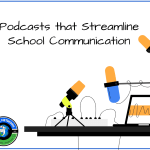

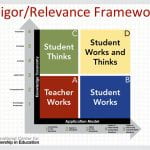 Quad D, which is learning that is characterized by high academic rigor as well as the application of knowledge to solve real-world problems (
Quad D, which is learning that is characterized by high academic rigor as well as the application of knowledge to solve real-world problems (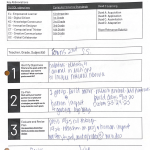
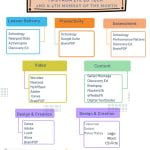
 ding program is the one in charge. Because the job board is erased each day, jobs change daily. Again, when an outsider walks in it looks like…mass chaos. Yet, the team members know exactly what their job is and how to get it done.
ding program is the one in charge. Because the job board is erased each day, jobs change daily. Again, when an outsider walks in it looks like…mass chaos. Yet, the team members know exactly what their job is and how to get it done.